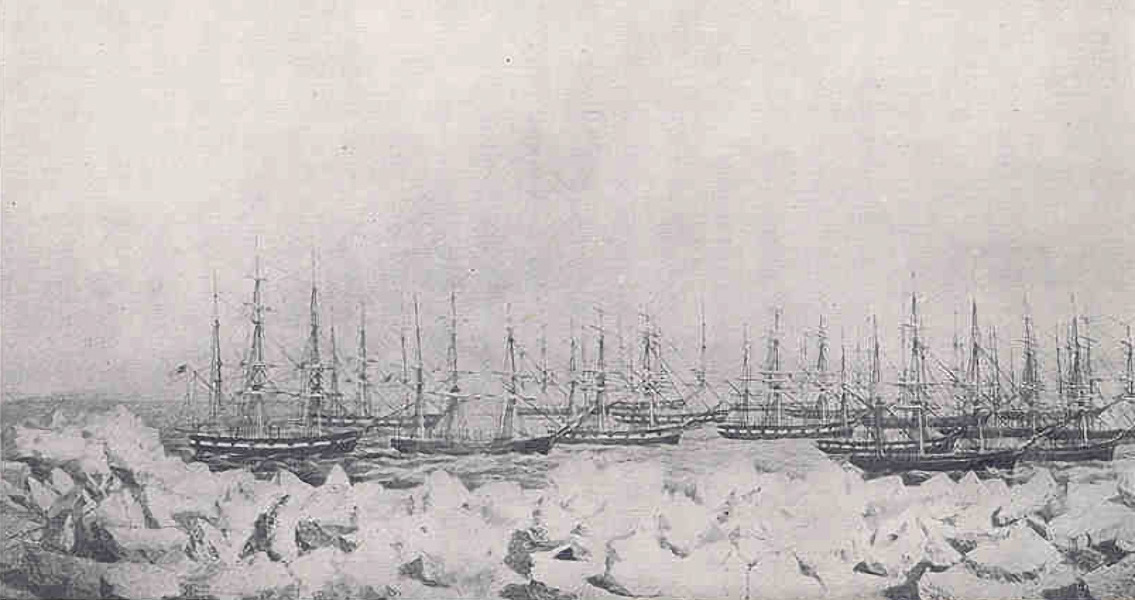<![CDATA[It's known as the Whaling Disaster of 1871; when a fleet of 33 American whaling vessels became trapped by the Arctic ice off the northern coast of Alaska, leaving over 1,200 men, women and children stranded at the top of the world. Now, almost 144 years later, NOAA, the National Oceanic and Atmospheric Administration, believes it has found what remains of two of these vessels in one of the most unexplored regions on the planet. The decrease in Arctic ice brought about by climate change has given archaeologists more access than ever before to potential shipwreck sites. In September, 2015, archaeologists with NOAA’s Maritime Heritage Program searched 30 miles of coastline on the Chukchi Sea, near Wainwright, looking for any sign of the whaling ships. Previous attempts had discovered only various pieces of gear which members of the local Inupiat tribe had salvaged from the shipwrecks, and random timbers scattered high along the isolated beaches from Wainwright to Point Franklin. According to Brad Barr, a NOAA archaeologist and team member, earlier research completed by several scholars suggested some of the crushed and sunken whaling ships could still be on the sea floor, but there had been no definitive proof of where any of the lost vessels were; underwater or scattered along the beaches. Using the latest sonar technology, the team was able to determine the two vessels' “magnetic signature”, including the outlines of both flattened hulls. Also revealed at the wreck site were anchors, ballast, fasteners, and the brick-lined pots which were used to render oil from whale blubber. In June of 1871, forty whaling ships traveled north through the Bering Strait, looking for bowhead whales. By August the ships had traveled as far as Point Belcher, close to Wainwright, Alaska, before a shift in the weather began pushing the pack ice back towards the Alaskan coast. Seven of the forty vessels managed to escape south, but the other 33 were trapped. Within two weeks four of the ships were crushed as the ice pack tightened around them. By the middle of September all of the 1,219 people aboard the whaling ships were evacuated. Using small whaleboats, they crossed 70 miles of ocean where they were met by the seven ships which had previously escaped the ice. There were, amazingly, no casualties and they were all eventually brought to safety. The financial losses however, were staggering, the equivalent of $31.6 billion dollars today. Of the 33 vessels abandoned only one, the Minerva, was subsequently found intact and then salvaged the following year, the rest were crushed by the ice and either sank or were stripped of anything usable by the local Inupiat tribes. Additionally, all of the product and most of the whaling equipment on the seven other boats had to be dumped overboard to accommodate the evacuated crew and passengers. Even though whale oil use was declining with the advent of kerosene, the Whaling Disaster of 1871 is often credited as being the beginning of the end for the whaling industry.]]>
Shipwrecks from the Whaling Disaster of 1871 Found
